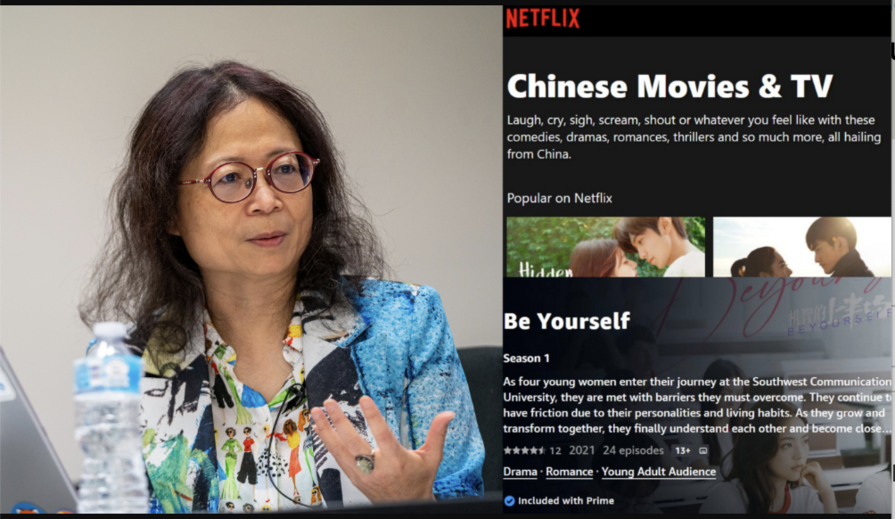Originally published by USC News on August 1, 2014. Written by Cristy Lytal.
The USC Price School of Public Policy’s international labs program added Ireland to its itinerary and led its 10th consecutive trip to China this summer.
At the request of the Dublin City Planning Department, 10 USC Price master’s students explored how social media can enhance traditional methods of mobilizing local citizens and stakeholders. Their efforts focused on the revitalization of Smithfield Square, an area of Dublin originally laid out as a 17th-century marketplace.
“Increasingly in the planning field, we’re looking at how to encourage community participation and community ownership over space,” said Master of Planning (MPL) student Adrienne Lindgren. “Because we were doing a ground campaign and doing a social media campaign simultaneously, it made me think about the benefits and drawbacks of both. And, really, some combination is probably the most effective way to go about it.”
Dublin doings
Under the guidance of USC Price Professor Dora Kingsley Vertenten, students had the opportunity to meet with Dublin City Council members, the city manager, the chief city planner, scholars at University College Dublin, team members at Google and officers at the U.S. Embassy.
For their project aimed at facilitating community engagement and discourse, the students adopted an integrated communications model that incorporated both traditional approaches along with social media.
Students carried out a real-time, seven-day Twitter campaign — using the hashtag #SmithfieldSays — based on Dublin’s six urban themes (economic, social, cultural, environmental, movement/circulation and spatial), and was conducted from the Dublin City Council’s Twitter account. Students also conducted street interviews to explore public attitudes about the area’s development.
The class then documented results of their social media and on-the-ground engagement efforts. In the end, the students produced a 284-page report, titled “#SmithfieldSays: Facilitating a dialogue on the public realm.”
More than 75 local scholars, practitioners and public officials attended the students’ final presentation.
Housing, social services, economy and more
In another corner of the world, a class of 20 master’s students visited Hong Kong under the guidance of Eric Heikkila, professor and director of international initiatives at USC Price.
For the second consecutive year, the lab addressed the issue of how to enhance cross-border cooperation between Hong Kong and the mainland city of Shenzhen. In particular, the students looked at five basic policy areas: environment, housing, social services, economy and transportation.
“The key difference is that last year, we decided that — rather than producing a report — we would produce a film documentary describing the issues,” Heikkila said. “This year, I really wanted to focus on generating a report with policy recommendations. So this year’s lab was the complement to last year’s lab insofar as it not only stated what the issues and challenges were, but it made some specific recommendations.”
In their final report and presentation, the students suggested that experts from Hong Kong and Shenzhen conduct regular symposiums, convene a commission to share policy ideas and best practices, and finance any specific proposals by forming a joint development bank, foundation or governmental fund.
“I’d never been to Hong Kong, so the city itself blew me away as an urban environment, particularly transportation and their subway system and everything else they do,” said MPL student Karl Fielding. “The course was very impressive as well. We were doing two to three meetings a day, running around the city, getting an overload of information from presentations and discussions, and [handling] all the challenges and pressure of completing our report and doing the final presentation.”
The lab proved to be an especially valuable professional experience for Fielding, who currently works as a senior environmental planner at Parsons Brinckerhoff.
“I’ve been sharing a lot of the lessons I learned since I got back,” he said. “What are these innovative approaches they’ve had to take abroad, how can we appropriate those for our local purposes here and how can we be wise about learning from others?”




